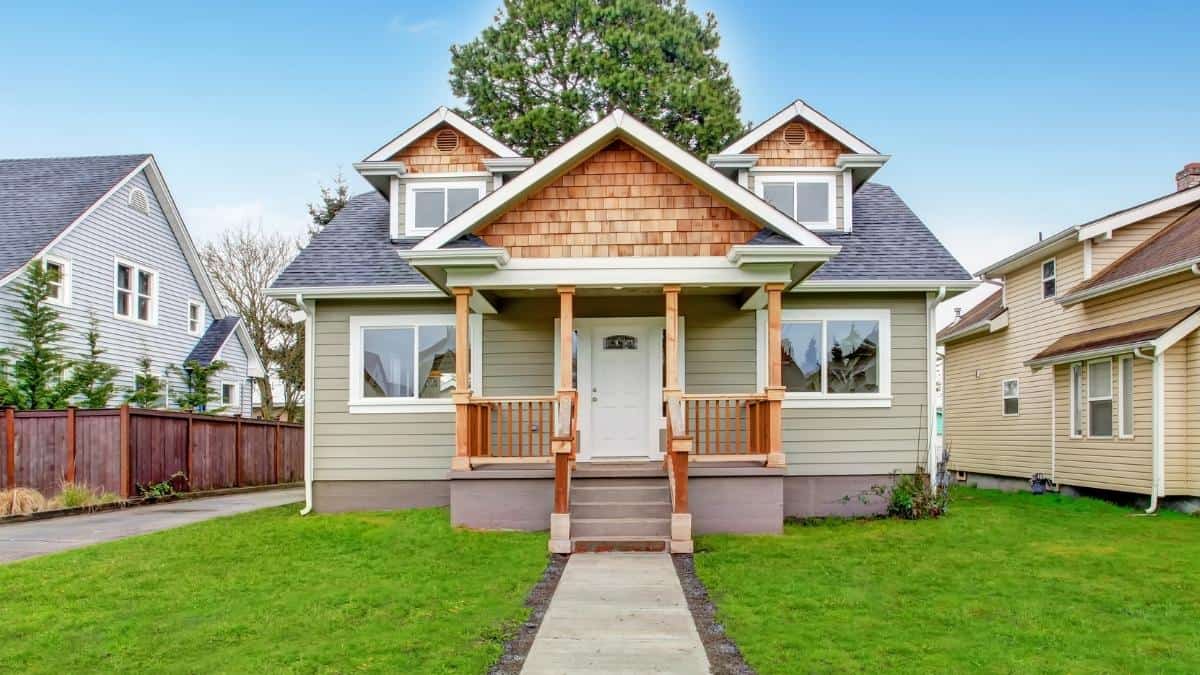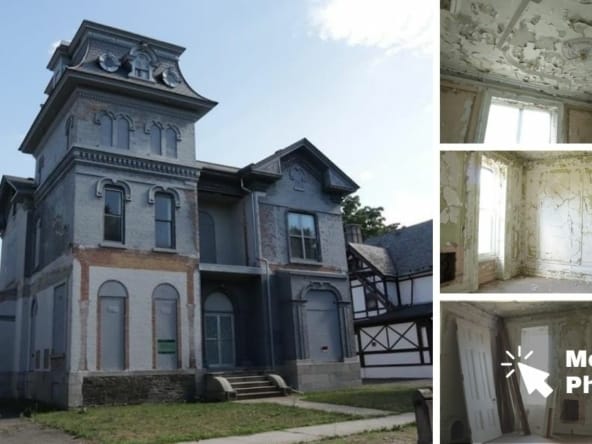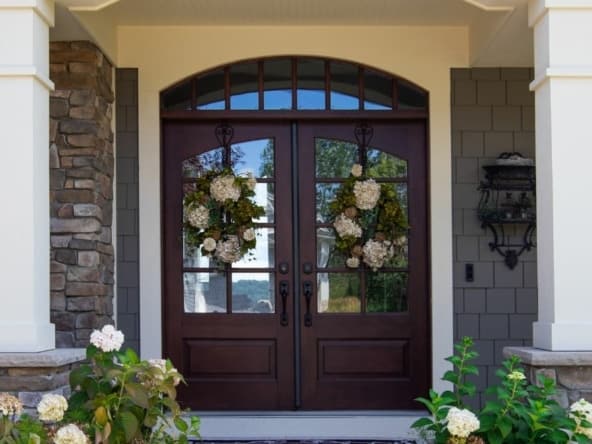Have you ever walked by an antique home and wondered, “how did they ever have enough space?”
Older houses are often shockingly smaller than the modern houses we build today.
As with any rule, there are some exceptions– as the stunning plantation homes of the south can testify to. But we’re referring to the average person’s home from way back when.
Old houses vary greatly depending on many of the same factors they do today, including location, class, and family size.
We’ll discuss the old houses that sway into the smaller side of space, why they are small, and how lifestyles have changed and adapted to require bigger spaces since then.
Factors Relating to Home Size
So, what determines the size of a house? Though many things have changed over the years, these key factors have not, and continue to influence the way we build our homes.
Personal Belongings
Our houses contain the majority of what we own. If we own a lot of items, then it stands to reason we’ll also need more space.
Owning a small number of personal effects means we require less space to store them. This idea is not always a consistent rule due to other factors that we will get into later. However, larger homes are typically built to accommodate more things.
Number of Occupants
Regarding single-family homes, a family of three will need less space than a family of ten. This concept is especially true in Western countries such as the U.S., where each person typically has a private bedroom.
Wealth
Wealthier people tend to purchase or build larger homes. The size of your home has been and may continue to be a symbol of the wealth you have, in addition to the location and construction of it.
Of course, it’s natural to assume that a large house with many rooms is more expensive than a smaller one.
Climate
In cold climates, it is ideal to have smaller homes with low ceilings because they are easier to heat.
In temperate climates, houses tend to vary more in their design because the seasons are individually not too dramatic for any one type of housing design.
Read More: Why Were Ceilings So High in Old Homes?
How Time Has Changed the Average House Size
Now that we’ve taken a step back and discussed various factors that determine house size in both the past and present, let’s focus on the past exclusively and why smaller homes were prevalent.
Personal Belongings
Consumerism is at an all-time high, especially in capitalist economic nations such as the United States. This economic trend has caused us to have far more belongings than the average person did in the past.
As we discussed above, more belongings require a larger house to store them.
Read More: Why Do Old Houses Have Small Rooms?
Number of Occupants
In modern houses, we may assume that more occupants mean more bedrooms. However, this was not always the case. It was typical in the past for siblings to share a bedroom, and it was also common for the entire family to sleep in the same room.
Family size is declining in places such as the U.S. compared to years past. However, it is not the cultural norm to share bedrooms with family members like before. Therefore, houses are typically larger now to accommodate a bedroom for each member of the family.
Read More: Why Are Old Houses So Dark?
Wealth
Wealth is a complex topic, especially when we analyze how it’s growing in the present day versus how it was in the past. Wealth is currently increasing in nations such as the U.S. However, so is wealth inequality. In the past, there was less wealth, but less wealth inequality.
Modern-day homeowners have resources such as mortgages while homeowners in the past may have had to go without. Things like mortgages allow us to live more comfortably and build larger houses when we may not have the immediate resources to do so.
Climate
Technology has aided our home heating and cooling solutions tremendously to where the process of how we do these things is almost unrecognizable from how we used to. These innovations have made the process easier to heat and cool larger homes and expanded home options in harsh climates.
Smaller houses were the primary choice in extremely cold or hot climates previously. Today, larger homes are in these areas because of the ability to heat and cool them with modern technology.
The Exceptions
As mentioned above, new houses are not always bigger. A resurgence in smaller homes has been taking place for some time now, often referred to as the tiny house movement. Living in a small home is especially popular among young people and those with minimalist lifestyles.
This movement is responding to increasing housing costs and young people having difficulties entering the housing market.
Old Homes Lifespan
When a home is properly maintained and cared for, it will have a lifespan of about 200 years. However, newer homes require more maintenance than older ones because of the modern appliances and technology we use in them.
Here are examples of components in older houses and new homes versus those exclusively in new builds or newly renovated homes and how they compare in lifespan.
Read More: What Should I Look For When Buying An Old House?
Things Prevalent in Old Homes
| Staircases | 50-100 Years |
| Brick/Stone Walls | 100+ Years |
| Toilets | 50 Years |
| Cast Iron Bathtubs | 50 Years |
| Electrical Wiring | 100+ Years |
Things Prevalent in New Homes
| Garbage Disposal | 10 Years |
| Dishwasher | 10 Years |
| Garage Door Opener | 10 Years |
| Humidifier | 8 Years |
| Well Pump | 10 Years |
As you can see, new implements in homes have shorter life spans. The longevity of older home furnishings has increased the popularity of buying antique or vintage home goods.
Places to explore or purchase items such as these for your home include antique stores, eBay, Etsy, Facebook Marketplace, estate sales, and yard sales.
Safety and Maintenance
Whether you have a new home or an old one, it’s vital to keep up with the maintenance of your space and the appliances in it. This advice is especially relevant since many modern technologies are being placed in older homes as renovations occur.
This attention to upkeep is not only for financial purposes– it also protects your safety while living in your house.
Here is a monthly checklist of what to check in your home to ensure maximum safety, whether you live in a new home or an old one.




